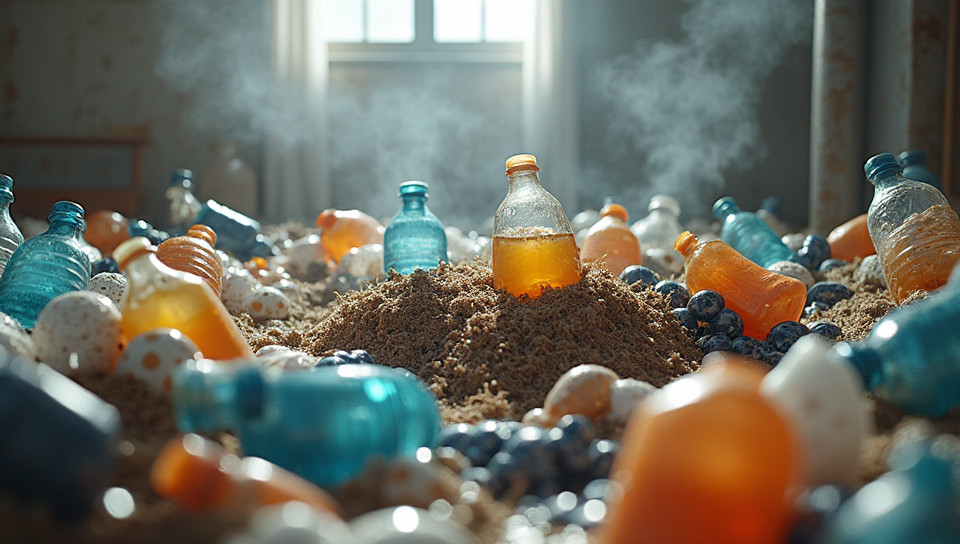Upcycling process can release toxic chemicals from plastic 91%

The Hidden Dangers of Upcycling: How Your Creative Projects Can Release Toxic Chemicals
As we continue to navigate the world of sustainability and environmental responsibility, many of us are turning to upcycling as a creative way to give old items new life. From transforming plastic bottles into planters to repurposing old furniture into unique pieces, upcycling has become an increasingly popular hobby and career path for those looking to reduce waste and live more sustainably.
The Upcycling Process: A Recipe for Toxicity?
While the intention behind upcycling is admirable, the process itself can have some unintended consequences. When we heat, cut, or otherwise modify plastic materials during the upcycling process, we may inadvertently release toxic chemicals into the air and our surroundings.
What's Behind the Toxins?
When plastic is exposed to heat, it can break down and release volatile organic compounds (VOCs), which are known to be hazardous to human health. These chemicals have been linked to a range of health problems, including cancer, neurological damage, and reproductive issues. Other toxins that may be released during the upcycling process include:
- Phthalates
- BPA
- Styrene
- Formaldehyde
Minimizing Risks: How to Upcycle Safely
While it's impossible to completely eliminate the risk of toxic chemicals being released during upcycling, there are steps you can take to minimize them.
Choose Safe Materials
When selecting materials for your upcycling project, opt for items that are made from non-toxic, sustainable materials. Consider using natural fibers like wood, bamboo, or recycled paper products instead of plastic.
Use Alternative Methods
Instead of heat, try using alternative methods to transform your materials, such as cold gluing, sewing, or using adhesives specifically designed for upcycling.
Work in a Well-Ventilated Area
When working with potentially toxic materials, make sure you're doing so in a well-ventilated area. This will help prevent the buildup of VOCs and other airborne toxins.
Conclusion
Upcycling can be a fun and creative way to live more sustainably, but it's essential that we do so safely. By understanding the potential risks involved and taking steps to minimize them, we can continue to create beautiful, unique pieces while protecting our health and the environment. Remember, creativity doesn't have to come at the expense of our well-being – let's upcycle responsibly!
- Created by: Olivia Brunner
- Created at: Aug. 30, 2024, 10:22 p.m.
- ID: 8575








